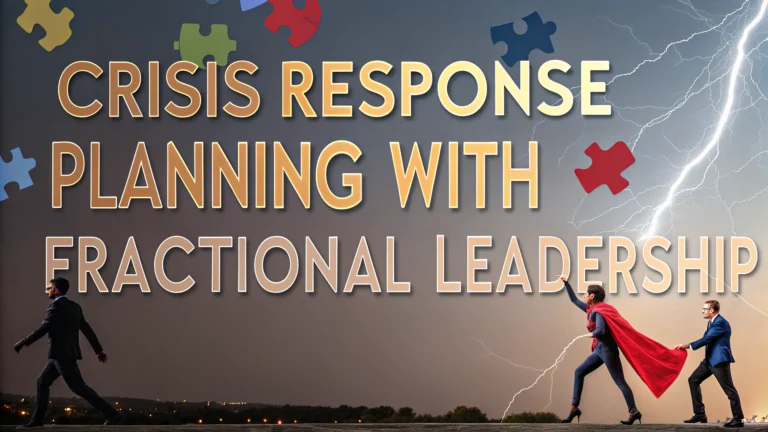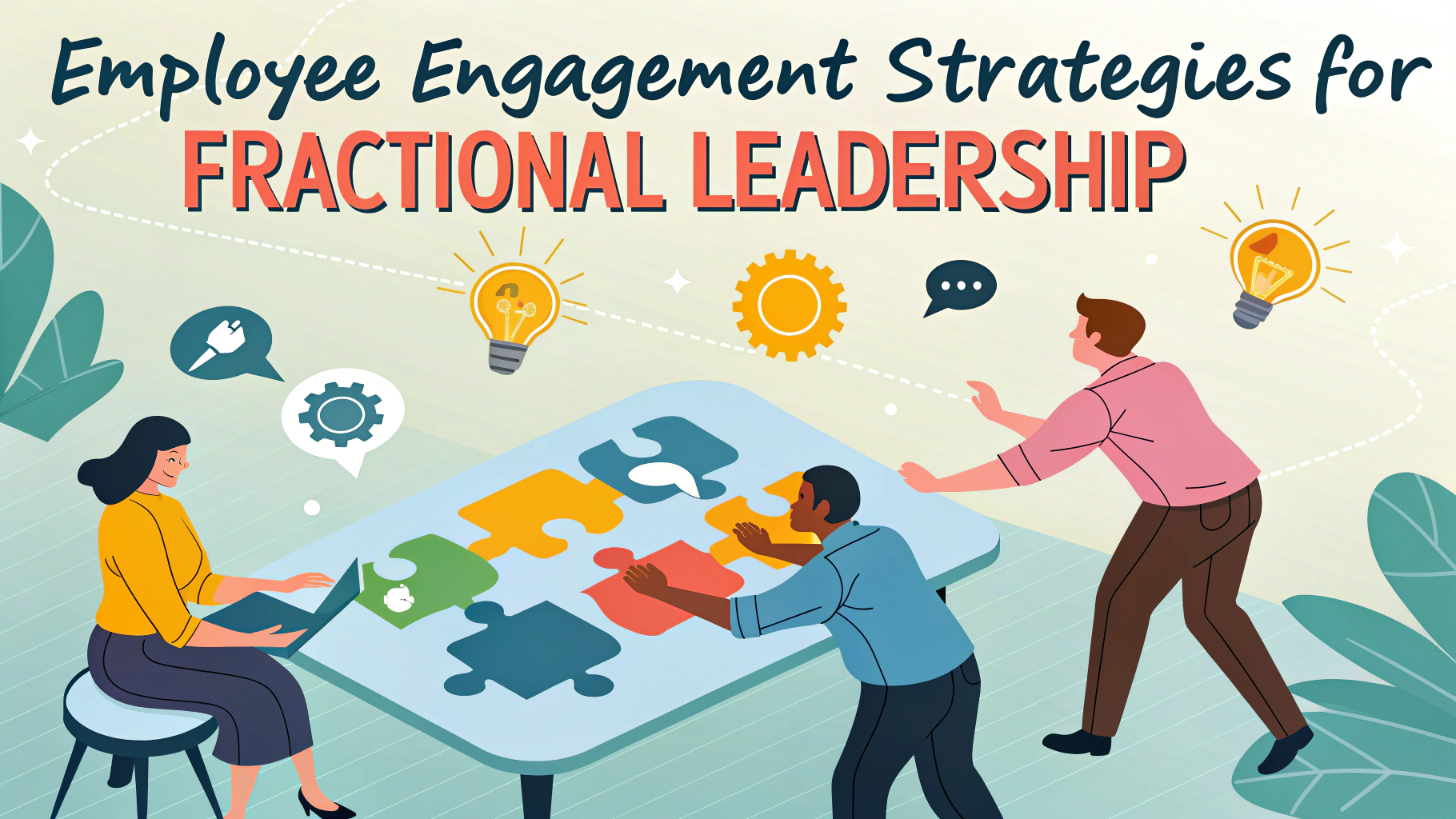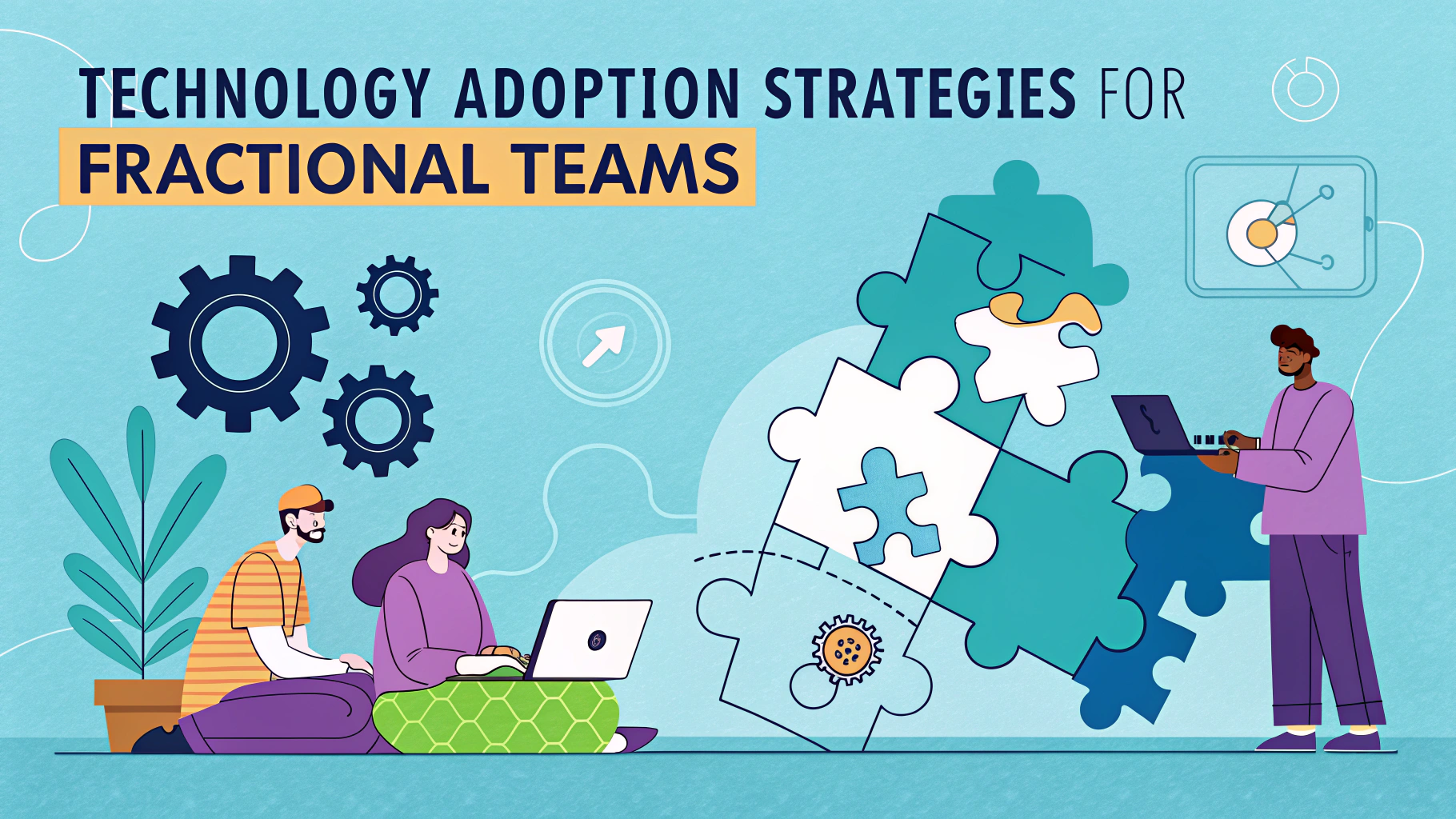Crisis response planning is a critical component of modern business leadership, especially when working with fractional executives who may not be present full-time.
A well-structured crisis response plan helps organizations maintain stability and respond effectively to unexpected challenges, even with part-time leadership at the helm.
This guide outlines practical strategies for developing and implementing crisis response plans within organizations utilizing fractional leadership models.
Key Components of Crisis Response Planning
- Clear chain of command and decision-making authority
- Emergency contact protocols and communication channels
- Resource allocation procedures
- Stakeholder management guidelines
- Documentation requirements
Establishing Leadership Roles
Define specific responsibilities for the fractional COO during crisis situations, including on-call availability and remote management protocols.
Communication Protocols
- Primary point of contact designation
- Backup leadership chain
- Emergency notification system
- Stakeholder communication templates
Risk Assessment and Preparation
| Risk Category | Response Level | Leadership Required |
|---|---|---|
| Operational Disruption | Immediate | Fractional COO + Site Manager |
| Financial Crisis | Within 24 hours | Fractional COO + CFO |
| Natural Disaster | Immediate | Full Crisis Team |
Technology Infrastructure
Implement reliable remote access systems that allow fractional leaders to manage crises from any location.
Essential Tools
- Cloud-based crisis management software
- Mobile emergency response applications
- Secure communication platforms
- Real-time monitoring systems
Team Training and Preparation
Regular crisis simulation exercises should be conducted to ensure smooth coordination between full-time staff and fractional leadership.
Training Components
- Monthly tabletop exercises
- Quarterly communication drills
- Annual full-scale simulations
- Leadership transition practice
Documentation and Review
Maintain detailed crisis response documentation that is accessible to all relevant team members.
Essential Documents
- Crisis response playbooks
- Contact lists and escalation procedures
- Resource allocation guidelines
- After-action review templates
Building Resilience for the Future
Regular review and updates of crisis response plans ensure continued effectiveness and adaptation to changing business conditions.
Contact your local business continuity planning association or professional crisis management organization for additional guidance and resources.
For more information on crisis response planning certification, visit the Disaster Recovery Institute International.
Implementation Timeline
Effective crisis response planning requires a structured timeline for deployment and regular assessment.
Key Milestones
- Initial plan development: 30-60 days
- Team training implementation: 90 days
- Technology integration: 60-90 days
- Full plan deployment: 180 days
Measuring Success
Establish clear metrics to evaluate the effectiveness of crisis response planning and execution.
Performance Indicators
- Response time to crisis events
- Communication effectiveness
- Resource mobilization speed
- Stakeholder satisfaction levels
Cost Considerations
| Investment Area | Estimated Budget | Priority Level |
|---|---|---|
| Technology Infrastructure | $50,000-100,000 | High |
| Training Programs | $25,000-50,000 | Medium |
| Documentation Systems | $15,000-30,000 | Medium |
Strengthening Organizational Resilience
A robust crisis response plan, supported by fractional leadership, positions organizations to navigate challenges effectively while maintaining operational continuity. Regular updates, continuous training, and strong communication protocols ensure sustained preparedness for future disruptions.
Organizations must remain vigilant in reviewing and adapting their crisis response strategies to address emerging risks and changing business environments. The integration of fractional leadership into crisis management frameworks represents a modern approach to building resilient, adaptable organizations.
FAQs
- What is Crisis Response Planning in the context of Fractional Leadership?
Crisis Response Planning under Fractional Leadership involves developing and implementing emergency management strategies using part-time executive expertise, specifically focusing on risk assessment, resource allocation, and business continuity planning. - How does a Fractional COO handle crisis management differently from a full-time COO?
A Fractional COO brings diverse crisis management experience from multiple organizations, implementing best practices on a flexible schedule while maintaining cost-effectiveness, typically working 2-3 days per week or as needed during crisis situations. - What are the key components of a crisis response plan developed by a Fractional COO?
Key components include risk identification matrices, emergency response protocols, communication frameworks, stakeholder management plans, resource deployment strategies, and recovery action plans tailored to the organization’s specific needs and resources. - What is the typical timeline for implementing a crisis response plan with Fractional Leadership?
Implementation typically takes 4-8 weeks, involving initial assessment (1-2 weeks), plan development (2-3 weeks), stakeholder review (1 week), and final implementation and training (1-2 weeks). - How do Fractional COOs ensure continuity in crisis management when they’re not present full-time?
They establish robust documentation systems, train internal teams, implement clear escalation procedures, and maintain on-call availability for emergencies while setting up automated monitoring and response systems. - What are the cost benefits of using a Fractional COO for crisis response planning?
Organizations typically save 40-60% compared to a full-time COO while gaining access to high-level expertise, paying only for the time needed for planning and implementation rather than a full-time salary and benefits. - How do Fractional COOs integrate with existing leadership during crisis situations?
They work collaboratively with current leadership teams, establishing clear roles and responsibilities, communication protocols, and decision-making hierarchies while respecting existing organizational structures. - What industries commonly use Fractional COOs for crisis response planning?
Common industries include technology startups, manufacturing companies, healthcare organizations, financial services firms, and non-profit organizations that require executive-level expertise but can’t justify a full-time COO. - How do Fractional COOs measure the effectiveness of crisis response plans?
They use key performance indicators (KPIs) such as response time metrics, financial impact assessments, recovery time objectives (RTOs), and stakeholder feedback to evaluate and refine crisis response effectiveness. - What technology systems do Fractional COOs typically implement for crisis management?
They implement emergency notification systems, incident management platforms, communication tools, data backup solutions, and cloud-based crisis management software to ensure efficient response coordination.







